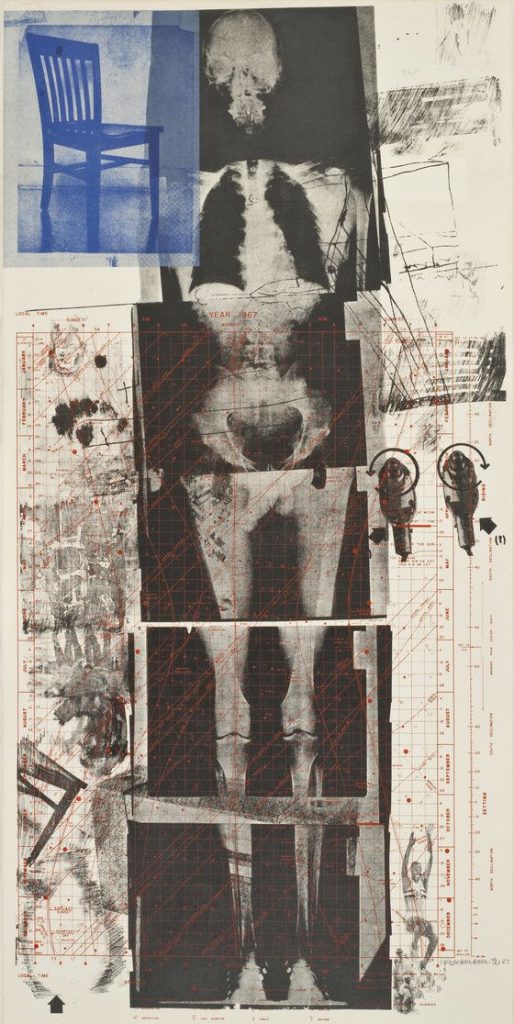A genre I was always interested in but couldn’t really get into has always been Turkish Arabesque music. Turkish Arabesque is heavy, experimental and bigger than life in sound. The reason I’ve always avoided it was the oversaturated vocal stylings and deep dark lyrics that makes the genre what it is.
It is almost a wave of melancholy through Arabic melodies, traditional Turkish instruments such as bağlama and darbuka and big, in your face visuals.
One of the most prominent voices in Turkish Arabesque is Bergen, a female powerhouse vocalist and musician that became famous with her haunting melodies and shocking life story which unveiled in the eyes of the public media. Bergen took the title of ‘Acıların Kadını’ which simply means ‘The Woman of Pain’. She was attacked publicly by her manager and ex-husband with a bottle of acid on her face but she kept on performing and writing songs. Her album ‘Acıların Kadını’ which came out after the attack in 1986 tackles some heavy themes while being so magically haunting.
Fourth track of the album ‘Benim İçin Üzülme’ is an arabesque staple. The song opens with strings that follow a traditional Turkish makam chord in minor. Bergen’s vocals come into the track almost as another layer of strings and a choir of men joins her in post-chorus. The song structure is simple but it makes such an impact that almost glues the listener to its core.
Track 11 ‘Bi Çare’ is a direct cry to God asking for help. The vocal melodies in this track are complex as they travel in many different runs and belts. The instrumentation follows the album’s typical arabesque sound with the same instruments mentioned above.
Lyrically the whole album is heavy even when the melodies and the tempo changes to major chords and sound more peppy like in track 10 she still is mourning over what her life was and what it could have been if she has never meant her ex-husband.
Özgür, İ. (2006) Arabesk Music in Turkey in the 1990s and Changes in National Demography, Politics, and Identity, Turkish Studies, 185.
